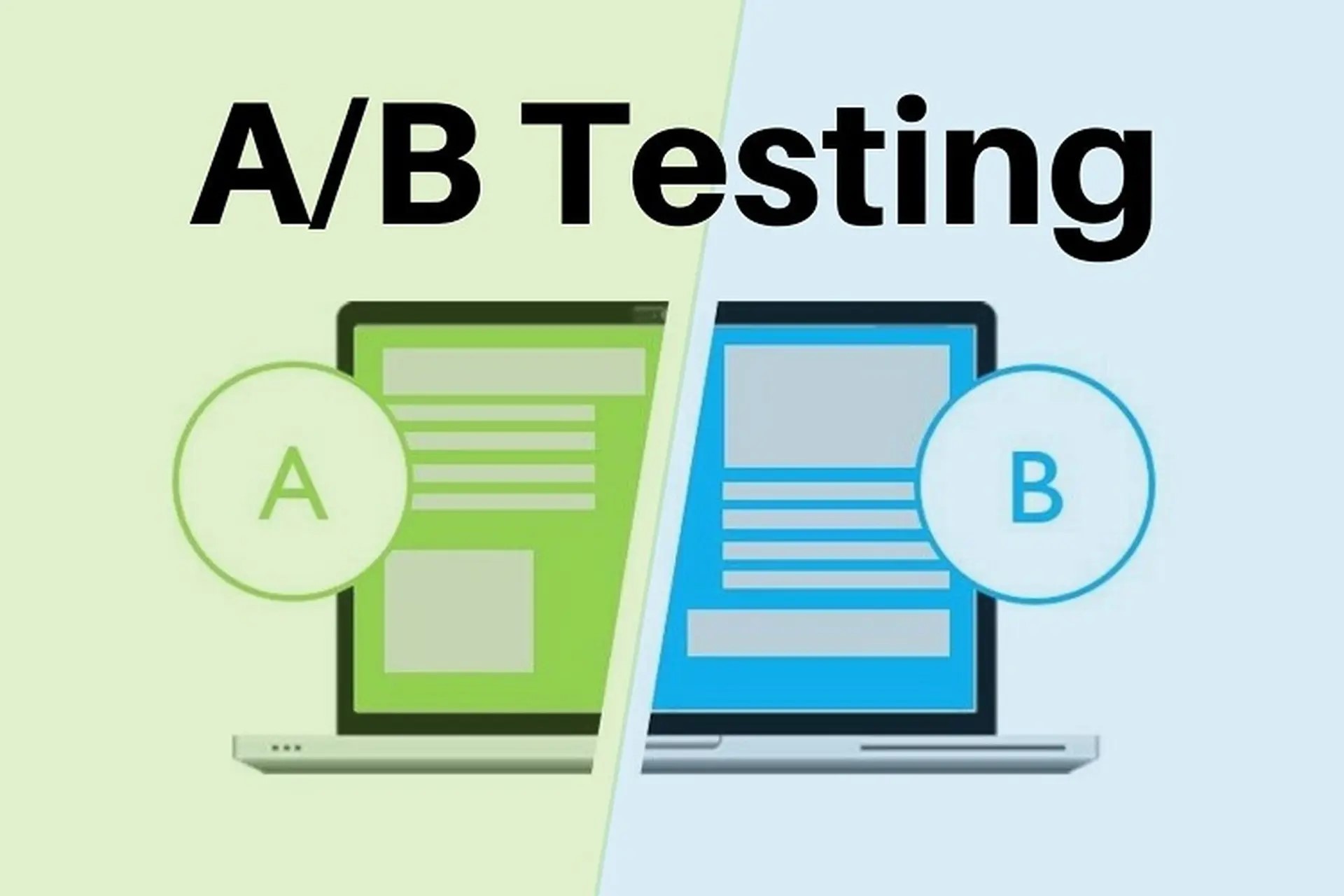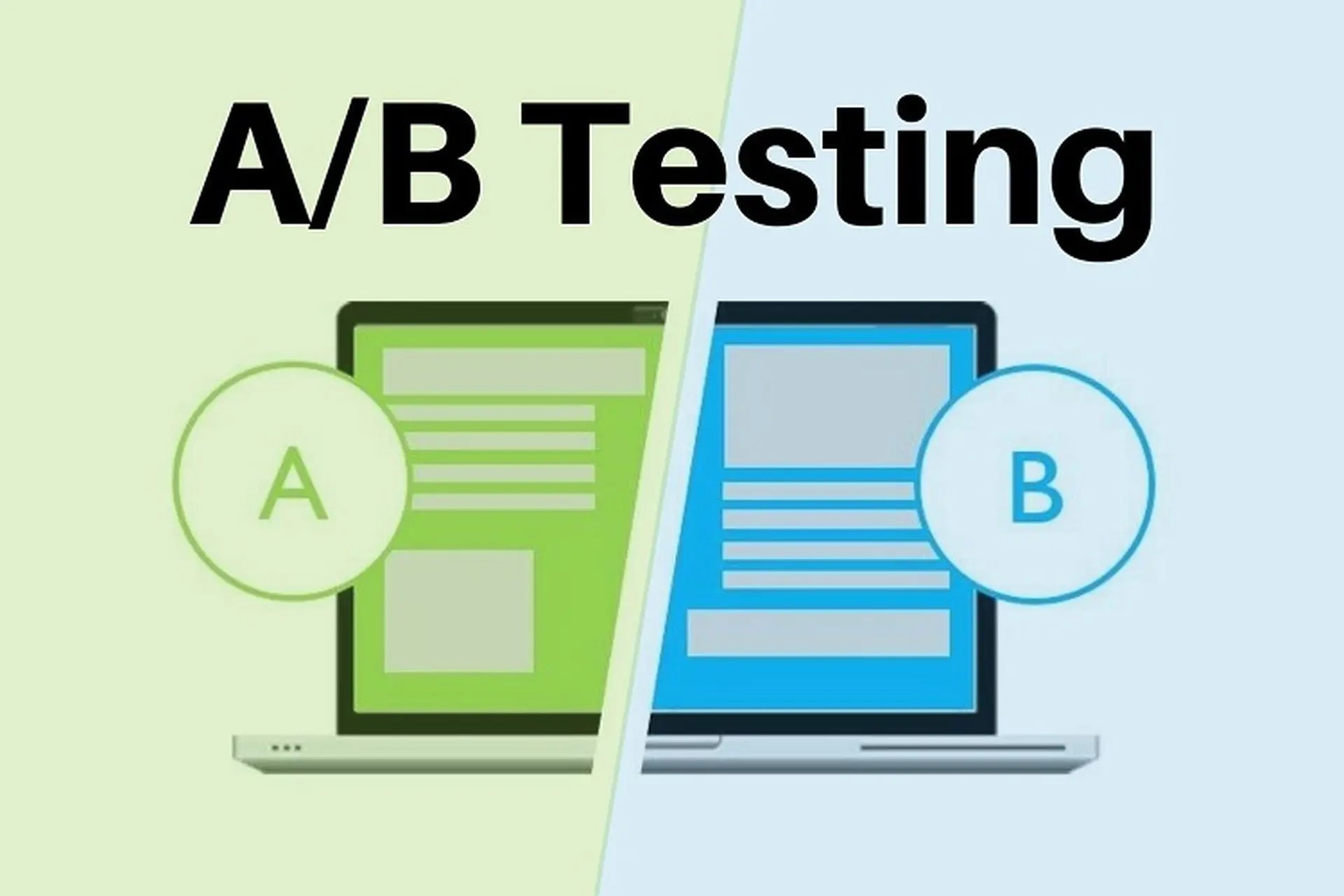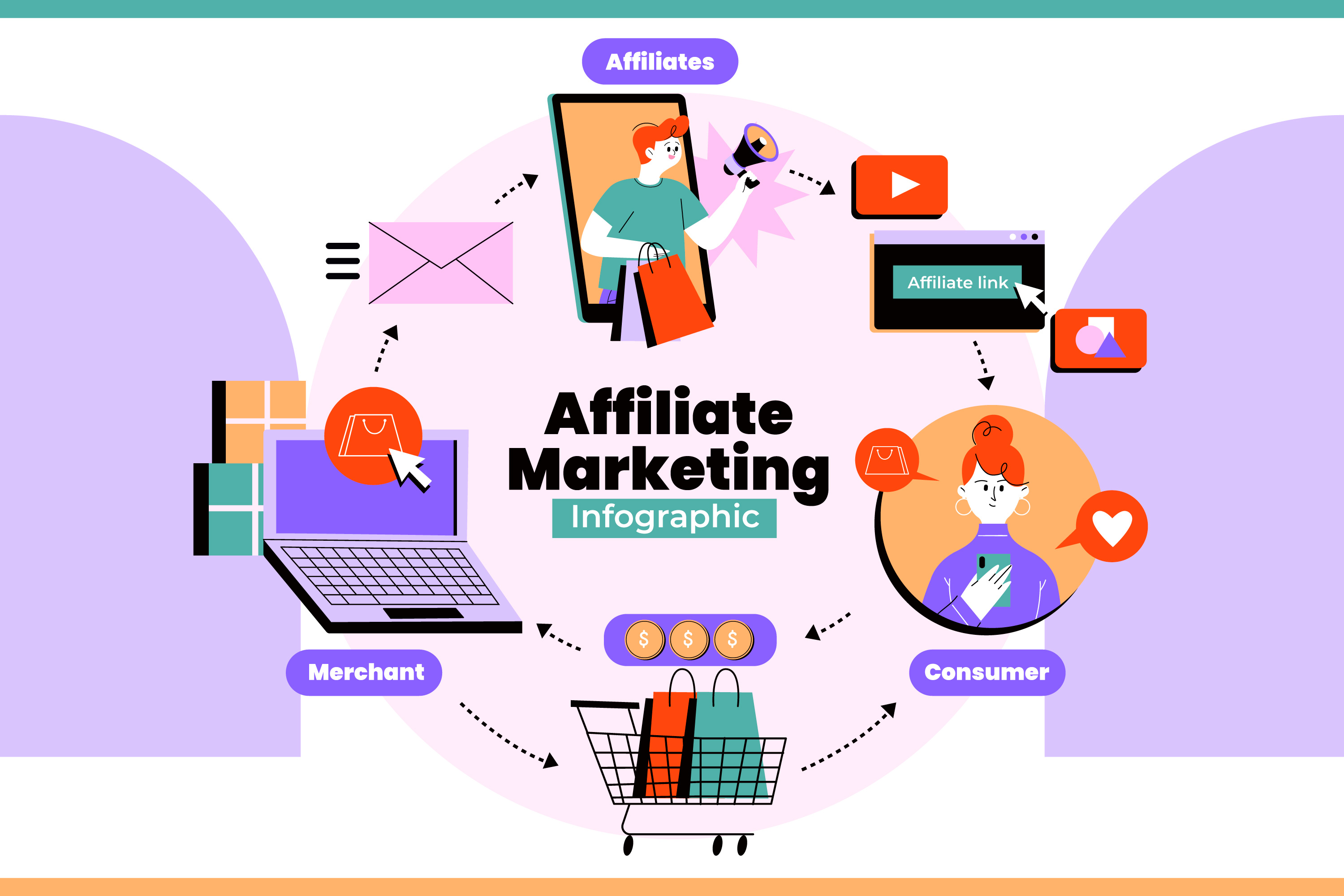Mastering A/B Testing in Affiliate Marketing: 5 Key Elements You Should Test First

The Power of Small Changes in Affiliate Marketing
In affiliate marketing, sometimes even the smallest tweaks — like changing a headline, button color, or call-to-action (CTA) — can double or even triple your conversions. That’s the power of A/B Testing, a data-driven technique that separates top-performing marketers from the rest.
Instead of guessing what your audience might like, A/B testing helps you make decisions based on real results. It’s like running a mini science experiment on your campaigns — and the reward is better engagement, higher click-through rates (CTR), and ultimately, more affiliate sales.
If you’ve ever wondered what exactly should I test first?, this guide breaks down five crucial elements every affiliate marketer should start experimenting with today.

What Is A/B Testing in Affiliate Marketing?
A/B testing (also known as split testing) is the process of comparing two versions of the same element — Version A and Version B — to determine which performs better.
For example:
- You might test two headlines for a blog post to see which one gets more clicks.
- Or test two landing pages — one with a video and one without — to see which converts better.
The goal is simple: rely on real data rather than intuition.
When done right, A/B testing can reveal powerful insights about your audience’s preferences, helping you create affiliate content that converts more effectively and consistently.
Why A/B Testing Matters for Affiliate Marketers
Affiliate marketing is all about conversion efficiency. You’re often competing with hundreds of other publishers promoting the same product — so your edge lies in optimization.
A/B testing helps you:
- Understand what really drives your audience to click or buy.
- Improve CTR, conversion rate, and overall ROI.
- Optimize your sales funnel step by step — from ad to landing page to purchase.
- Reduce guesswork and focus on what works best.
In other words, A/B testing transforms “I think this will work” into “I know this works.”
5 Elements You Should A/B Test First in Affiliate Marketing
Let’s dive into the five key areas that have the biggest impact on your affiliate performance.
1. Headlines and Hooks: Your First Impression Matters
Your headline is often the make-or-break moment — it determines whether people stop scrolling or keep moving.
A good headline should grab attention instantly, set expectations, and connect emotionally with your target readers.
Try testing these variations:
- Data-driven vs. Story-driven headlines
- “How I Made My First $500 Blogging with Affiliate Marketing” (data-based)
- “How I Turned My Blogging Hobby into My First $500 Online” (storytelling-based)
Each appeals to a different audience mindset — some prefer proof, others connect through emotion.
💡 Pro tip: Use tools like Headline Analyzer or test headlines directly on platforms like Blogbio to see which version drives a higher click-through rate.
2. Product Images and Videos: The Emotional Touchpoint
In the digital world, visuals often speak louder than words. The product image or video is your audience’s first emotional connection with what you’re promoting.
Try testing:
- Real product photos vs. stock images.
- Authentic photos tend to build trust and feel more relatable.
- Lifestyle photos vs. close-up shots.
- Show the product in use rather than just displaying it.
- Personal experience videos vs. quick tutorials.
- A genuine testimonial may perform better than a polished ad-style video.
Most studies show that authentic, human-centered visuals outperform overly polished content — because people trust people, not stock models.
3. CTA (Call-to-Action): The Final Push That Drives Clicks
A CTA is the last but most decisive moment of your affiliate funnel. Even the best content can fail if the CTA doesn’t motivate action.
You can A/B test CTAs in several ways:
a. Color Testing:
- Bright colors like red, orange, or green tend to encourage clicks more than neutral shades.
b. Text Variations:
Compare action-driven phrases like:
- “Buy Now” vs. “Get This Deal Today”
- “See Details” vs. “Try It for Free”
c. Positioning:
Try placing CTAs:
- Near the top (for impatient readers),
- In the middle (after product explanation),
- And at the end (for ready buyers).
💡 Pro tip: Repeat your CTA at least twice — once mid-content and once at the end.
Your CTA should stand out visually, emotionally, and contextually. The goal is to make clicking the button feel natural and rewarding.
4. Content Format: How Your Audience Consumes Information
Not every audience reads long blog posts — and not everyone watches videos. Testing different content formats helps you understand how your audience prefers to learn about products.
You can experiment with:
- Long-form blog posts (SEO-focused) vs. short videos (social-focused)
- Listicles: “Top 5 Best Fitness Trackers for Beginners”
- Personal reviews: “The Fitness Tracker I Use Every Day — And Why”
💡 Platforms like Blogbio are excellent for running content tests.
You can:
- Publish free blog posts.
- Track performance metrics (traffic sources, engagement, SEO insights).
- Monetize traffic even before making direct sales.
This approach lets you experiment safely while collecting valuable data for SEO and audience behavior.
5. Offer Presentation: Crafting a Message That Converts
Sometimes, it’s not the discount that changes conversions — it’s how you communicate it.
For example:
- “30% Off” vs. “Save $150”
- “Only 2 Days Left” vs. “Limited Quantities Available”
Both offer the same deal but trigger different psychological responses.
Test variations of:
- Urgency-based messages (“Ends Soon”)
- Scarcity-based messages (“Only 5 Left”)
- Value-based messages (“Save Big on Your First Order”)
Small differences in copy can create massive differences in click rates. The best affiliate marketers constantly test how they frame offers — not just what they offer.
How to Run an Effective A/B Test
A/B testing works best when you follow a clear, disciplined process. Here’s a quick checklist:
1️⃣ Test one element at a time
If you change multiple variables, you won’t know which one caused the result.
2️⃣ Run your test long enough
Allow 3–7 days (or at least 500–1000 impressions) to gather meaningful data.
3️⃣ Measure using real metrics
Track CTR, conversion rate, bounce rate, and time on page — not just clicks.
4️⃣ Document and iterate
Keep notes of what worked and build on it. Every test gives you insight to improve the next one.
The key is consistency. A/B testing isn’t a one-time trick — it’s an ongoing optimization habit.
Real-World Example of A/B Testing Success
Imagine two affiliate marketers promoting the same skincare product:
- Marketer A writes a detailed 2000-word review with professional images and a subtle CTA.
- Marketer B uses personal selfies, a conversational tone, and a bolder CTA button that says “See My Before & After.”
After testing, Marketer B gets a 40% higher CTR and 25% more conversions — simply by changing presentation style and CTA language.
That’s how powerful small data-driven changes can be.
Common A/B Testing Mistakes to Avoid
Even experienced marketers can fall into these traps:
Testing too many variables at once.
Stopping the test too early (before enough data).
Ignoring statistical significance.
Making emotional decisions based on limited results.
Always remember — data beats assumptions. Even if your favorite version “feels” better, let the numbers decide.

Data Beats Guesswork Every Time
A/B testing isn’t just a “growth hack” — it’s a long-term optimization strategy that can transform your affiliate business.
By testing headlines, visuals, CTAs, content formats, and offers, you’ll discover exactly what motivates your audience to take action.
When you rely on data instead of instinct, every step in your affiliate funnel — from click to lead to sale — becomes smarter and more profitable.
So start small, test consistently, and let your audience show you what truly works.
Because in affiliate marketing, success isn’t about luck — it’s about measuring, learning, and optimizing every day.






